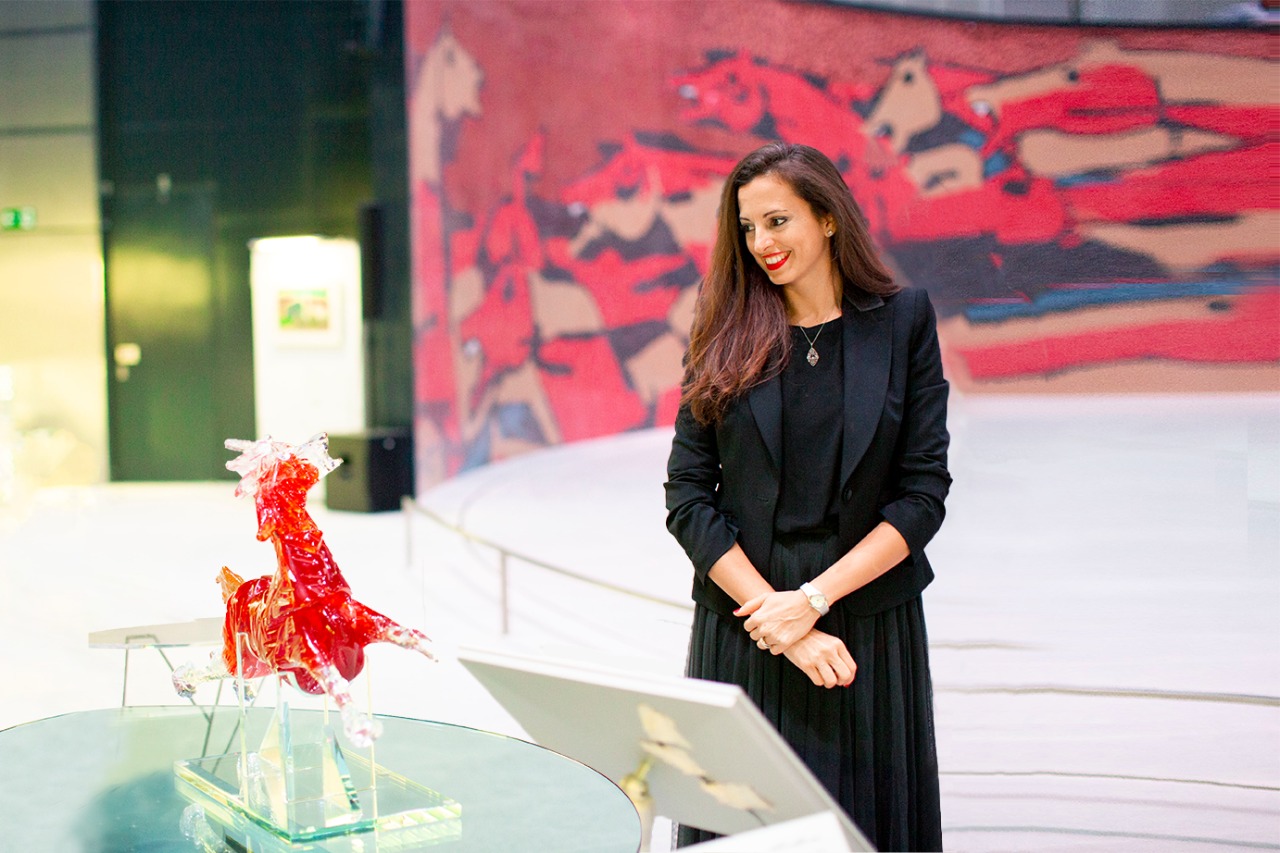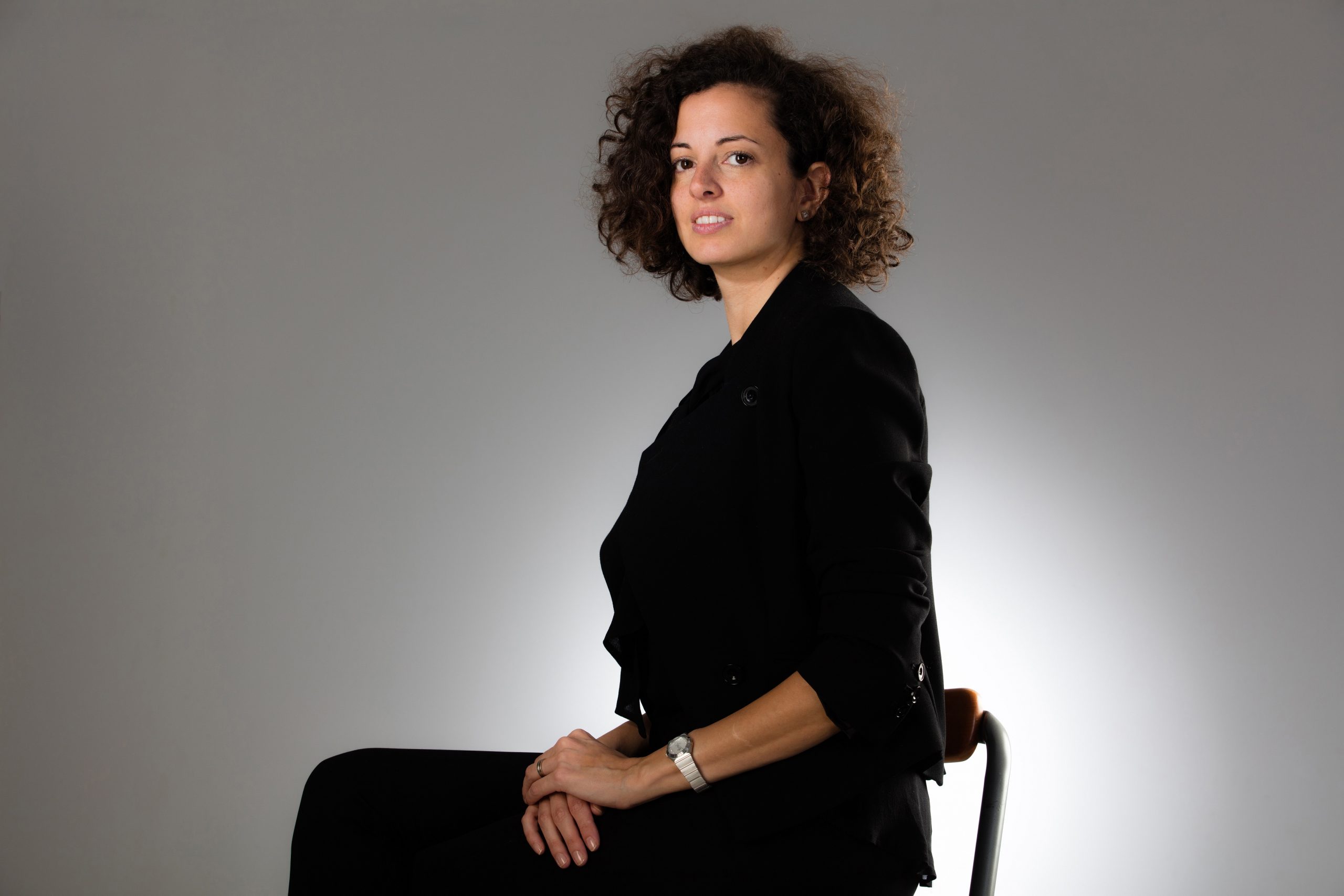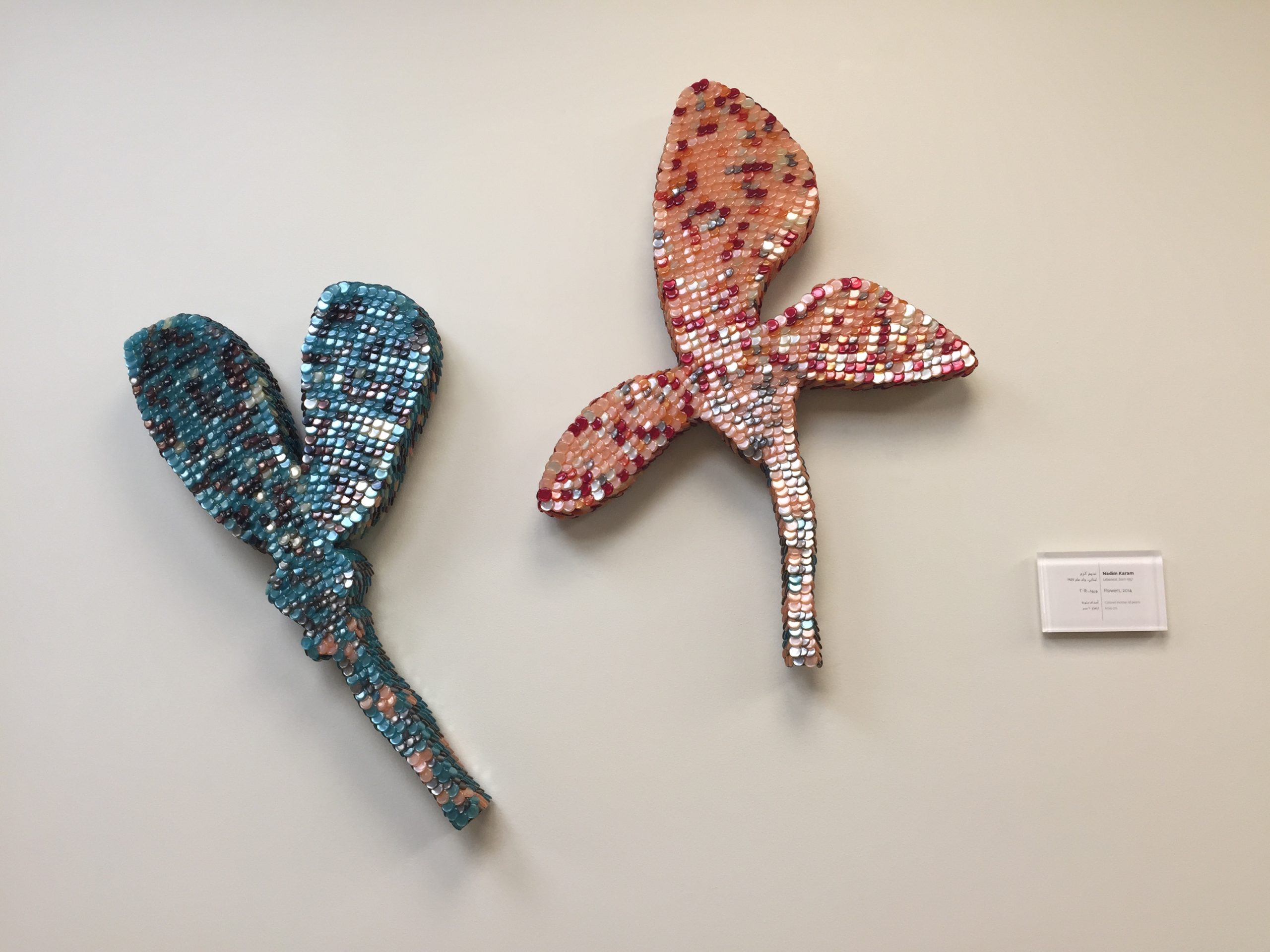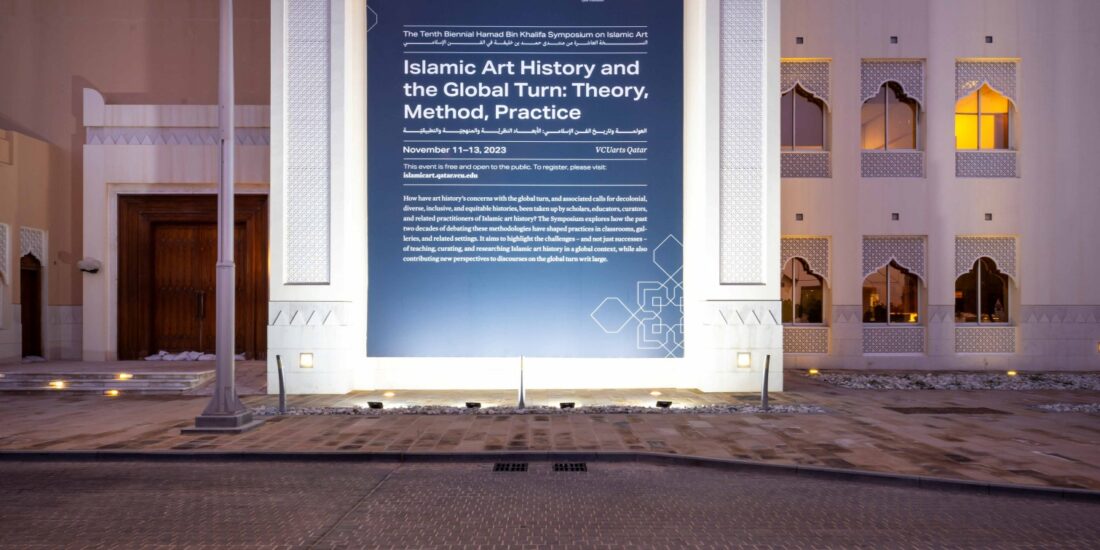The Story of Art Curation
For Layla Ibrahim Bacha, Senior Art Specialist at Qatar Foundation, appreciating art is not only about understanding the artist or the artwork but being aware of its context, and a sum total of all this to make the entire process an experience worth remembering.
Art can describe the history and culture of a country, the heritage of its people, and the significance of their identities. Art is a mediator that facilitates or connects several elements that Qatar Foundation provides, education being one of them.
Layla Ibrahim Bacha
Senior Art Specialist
QATAR FOUNDATION
Layla Ibrahim Bacha, Senior Art Specialist at Qatar Foundation(QF) refers to the artwork around QF as her babies, and she cannot pick one favorite, as each of them is special to her. What is evident as she talks about art is not just her passion, which is no less, but her commitment to studying the art piece, the artist, the context of the artwork, and finally the placement in relation to the architecture of the building in which it rests. All of which falls under Layla’s jurisdiction, a role that she plays to perfection and enjoys it in the process.
Her love for art started much early, remembers Layla, well, almost after she gave up the idea of being a pianist, her first love. “My mother’s cousin was a famous Syrian artist, Louay Kayali, who died very early. I have not met him since he died much before I was born. But I grew up looking at his artwork around the house and in a family that was constantly talking about his work,” says Layla.
While her engagement with art began early on, Layla’s first instinct was to hate the artwork which was always the point of discussion at her family home, though as she studied the later works of Louay Kayali, she slowly started to connect and understand his art in its real sense.
This was perhaps her first encounter with art, though her life did not alter its course to include art in her studies at that point in her life as she graduated in the field of fashion designing. But Layla soon discovered that this was not her vocation and at 25, she decided to give up what she had studied and embarked on a different route. She moved to France to study Visual Arts at the University of Paris, Panthéon-Sorbonne. She then moved to Qatar with her husband for his work and it is here that she could practice and follow her real love.
“In 2008, when I came to Qatar, there was just the Museum of Islamic Arts, which had just opened. As we walked through Souq Waqif, I discovered the Art Centre, where I started work soon after.”
She remembers her two-year stint at this private art gallery as a learning experience as she managed the gallery and the exhibitions of the center. “It was a great experience, working at the Centre managed by Tariq Al Jaidah. It was very authentic. The Third Line Gallery, a famous art gallery based in Dubai was also present within the Centre.”
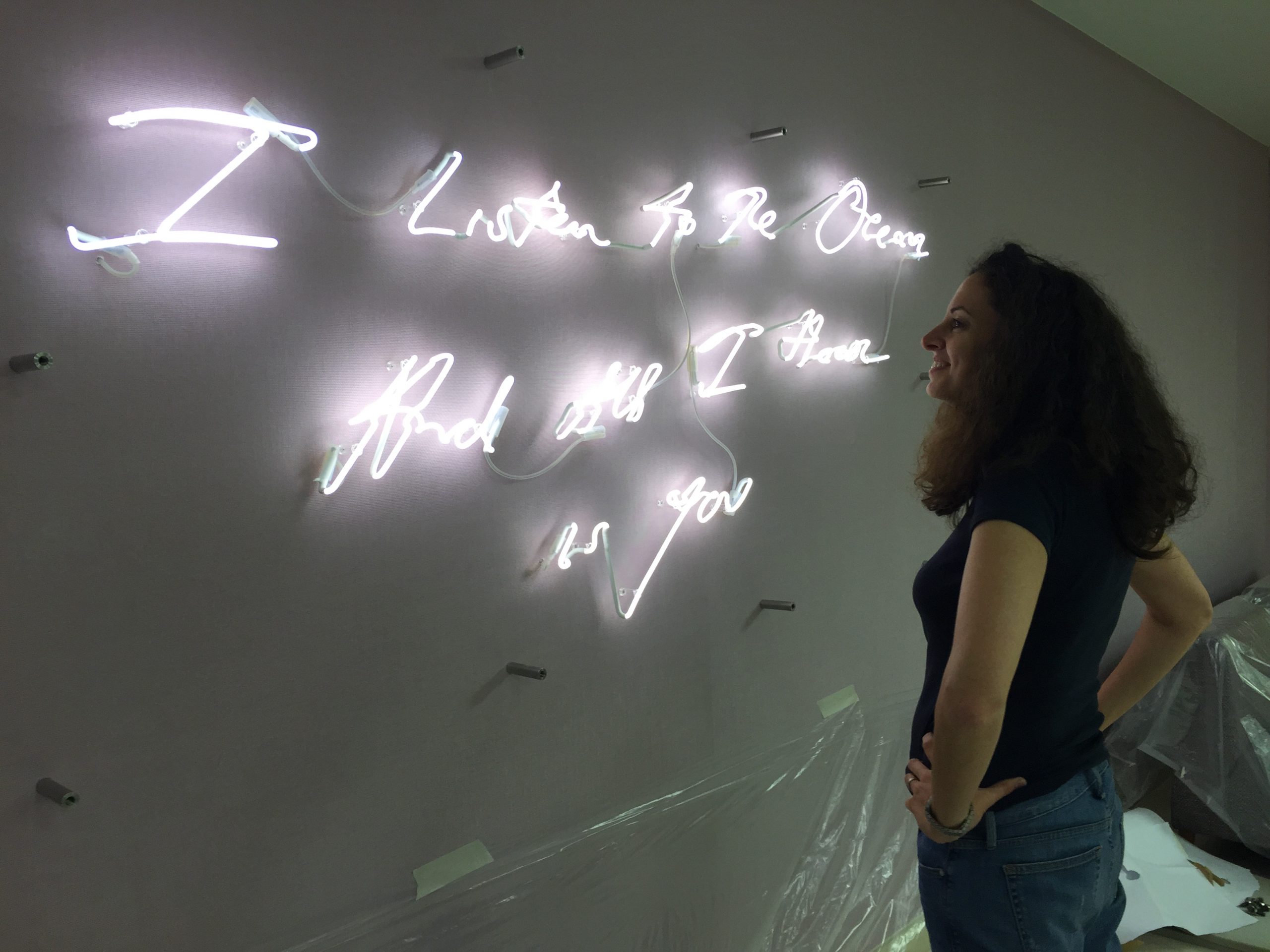
Artwork by Tracey Emin, “I listen to the ocean and all I hear is you” installed at the Sidra Outpatient Clinic.
The Centre closed in 2010 after which Layla dabbled as a freelance art consultant making the most of her contacts while at the Centre. “Banks or office buildings needed artwork for their office spaces and I used to curate the collection for them,” she says.
Later on, she curated artwork for the Sidra Medical Centre which was the largest art curation that Layla was involved with.
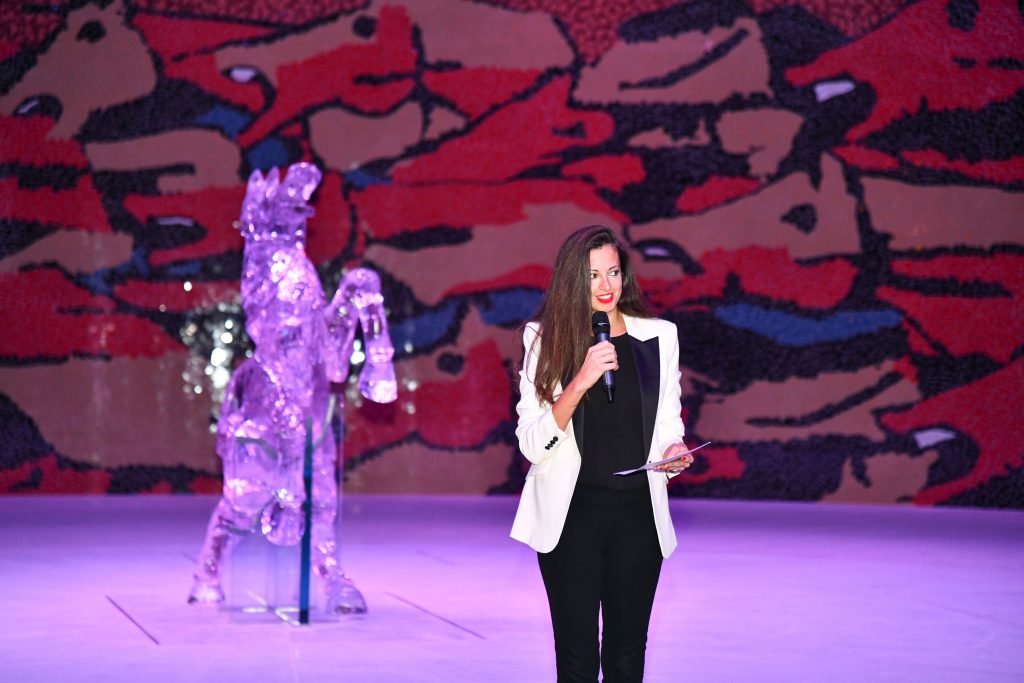
Layla at the opening of the final artwork of M.F.Husain, Seeroo Fi al Ardh an artwork that highlights the progress of humanity on land, air, and sea.
From Sidra, Layla moved on to QF to continue with collection management and curation as a full-time art consultant. While at QF, Layla buffered her practical knowledge with academic qualification through a Master’s Degree in Art Management at UCL London, in their Qatar branch campus.
So, while Layla did not have a perfect start in her career, she landed quite gracefully armed with passion, experience, and additional knowledge on the subject that was now very close to her heart.
While it is difficult to get Layla to pick on one favorite artwork in the QF premises, she does tell us that curating the collecting for Sidra was the most enjoyable process as it entirely managed by her. “From visits to the artists to understand the work from the creator to the final placement of the artwork, and putting in place the cataloging, I was completely involved in this curation and it was almost a personal journey of realization and art appreciation. “
The Curatorial Process
Layla takes one through the process involved while curating artworks within the Qatar Foundation buildings.
“The buildings in Qatar Foundation have all been designed by signature architects, like Rem Koolhaas, Arata Isozaki, and so on. First of all, there is the design concept that you have to respect, then you have the functionality of the building that has to be considered, and then the collection criteria put in place by QF which also needs to be followed and maintained,” says Layla.
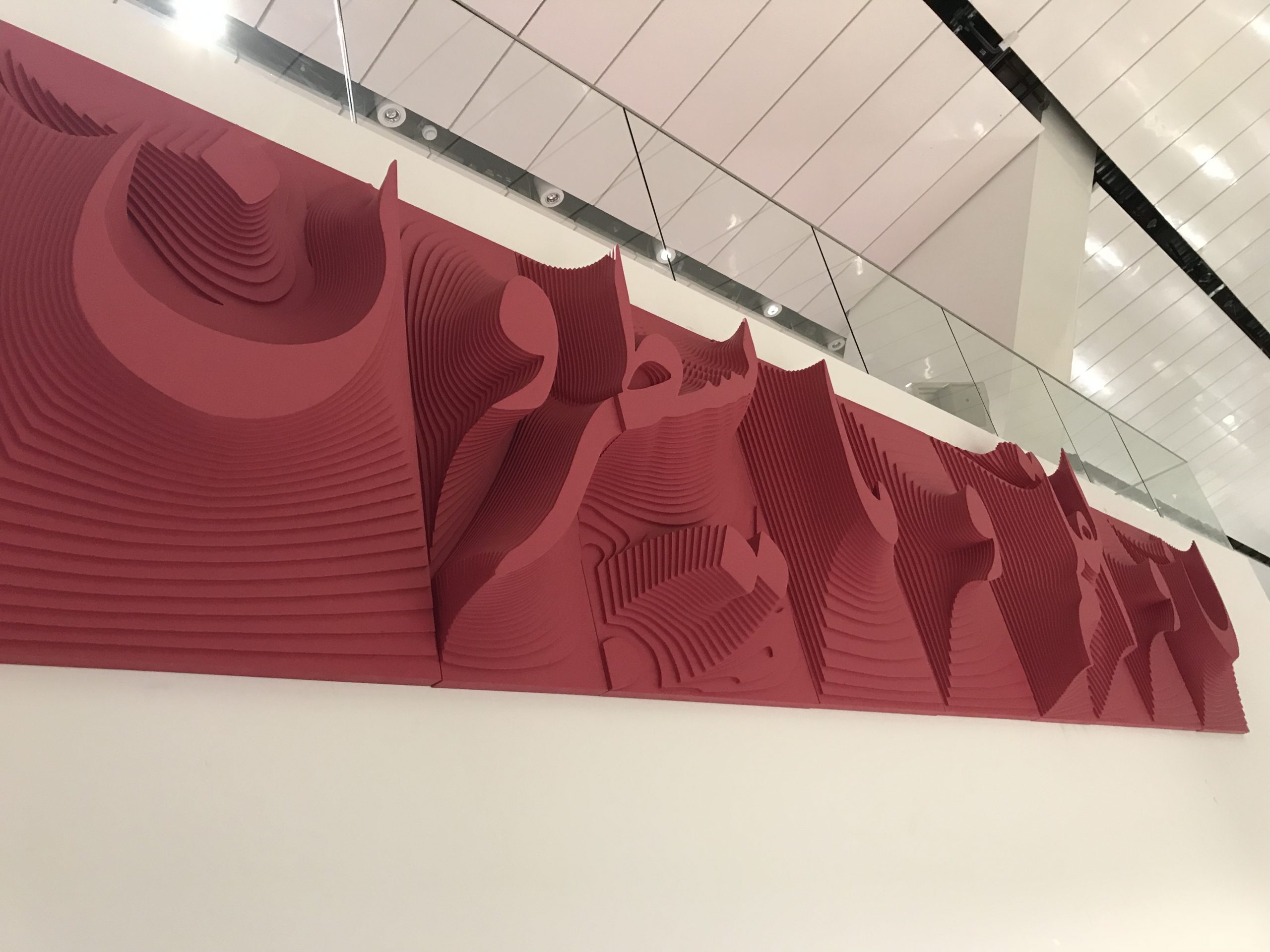
Ramin Shirdel, “Nin Wa Al Qalam,” installed at the Qatar National Library, a building designed by Rem Koolhaas.
QF has specific rules for the artwork to be acquired: a minimum of 20% of the artwork needs to be from Qatar artists, 40% of the total artwork should be from Arab artists, and the rest from international artists.
QF has other rules in place, like the quality of the artwork, the style of the artist, all of which have to be taken into consideration while selecting the artwork.
She takes us through the process of art selection for QNL: “QNL is a contemporary building designed by Rem Koolhaas. Rem had specific instructions on where to place the artwork, the color and the tone of the artwork, etc. We had direction from the higher management to include calligraphy artworks with quotes from the Quran that represents knowledge. We selected such quotes and then we researched an artist whose calligraphy work is decipherable as we were using verses from the Quran. At the same time, we had to make sure that the artwork was not traditional which would make it clash with the contemporary nature of the setting. We finally selected Iranian artist Rami Shirdel and then sat down with the artist, the architect with samples, of color swatches to finalize the look and feel of the artwork.”
Rem even walked around the library looking at the small sample from the artist from far, to decide on the finish, and the size of the artwork, remembers Layla, making the entire process much memorable.
“The more the artwork triggers your curiosity, the more interesting and intelligent the public art is for me,” says Layla, “And this is where the context matters as the position of the artwork add to its experience.”
Digital or Real-time Art
Layla has also learned that while experiencing art digitally is one way of enjoying art it will never replace the experience of real-time art exploration, on the contrary, she feels that it will add to the experience and trigger one to go and have another look at.
“Appreciating art is a collective experience and to view it on our own in a screen will never open up discussions around it, which is the next step to appreciating an art piece,” believes Layla, “I believe that the physical location, its characteristics (smell, noises, volume, the journey around it) is part of public art appreciation. And this cannot be replaced by the digital consumption of an art piece.”
Layla always makes it a point to engage with others while she experiences art around Doha, through social media, talking and getting the feedback from those who follow her on her social media handles.
The Art Trail
Layla cannot emphasize enough on the importance of art education and art awareness, “Art education is very important. The mindset has completely changed in Doha and this is as a result of communicating and educating the masses. While this might not be an organic shift, this cultural shift was needed in the country and it will make the younger generation aware of history through the stories behind each art form.”
And this brings into focus the Art Trails organized by Qatar Foundation to make all artworks within the education city accessible to the public.
It is through these art trails that one can understand the story behind each artwork, which is not only about the artist or the context he has created it, but also the journey of the curator, in acquiring the piece and then finding its place in the building.

Detail of video installation artwork by Mounir Fatimi, “The Book of Perfection” installed at the Education City Mosque building.
Through educational art trails, students from schools and colleges are invited to come and see the art pieces and through art, they learn more about the history and heritage of the country and the region. This offers them a direct connection to the place in which they are based as well.
“When students from a school were experiencing the art tours in Carnegie Mellon University in Qatar. they were so impressed by their surrounding that they wanted to come back to study in that very University,” says Layla, touching on how an informal art tour made an impression that might be pathbreaking for the students.
“Art in Education City goes further than installations or at works – it is informal learning, encouraging people to engage in conversations that are about more than just the art itself. Art can describe the history and culture of a country, the heritage of its people, and the significance of their identities. Art is a mediator that facilitates or connects several elements that Qatar Foundation provides, education being one of them.”

